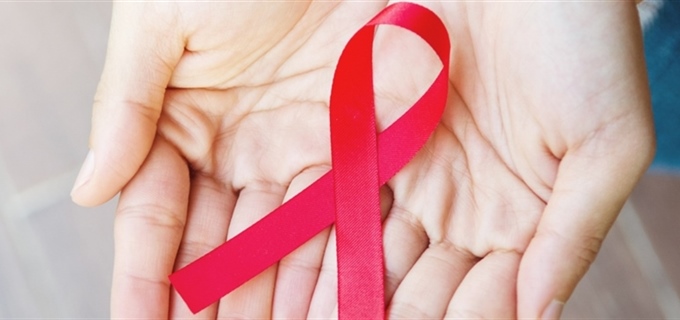Search for a doctor or hospital in your network.


Search for a doctor or hospital in your network.

Get News & Updates Directly To Your Inbox
While we’ve learned a lot about AIDS since its discovery, World AIDS Day fosters awareness about the disease that has shaped our culture in the last generation. Every Dec. 1, we focus on what we know about AIDS and how to prevent it.
AIDS is caused by the Human Immunodeficiency Virus (HIV).
HIV attacks the body’s immune system and destroys blood cells that help fight infection. If HIV destroys enough of these cells, known as CD4 or T-cells, it can trigger AIDS.
Thanks to treatment, some people live long lives with HIV and never develop AIDS. Still, once a person has HIV, the virus stays in their body for life. While there is no cure, there are medicines to help those who are infected stay healthy. Just as important, HIV medicine helps stop the spread of the virus to others.
Not everyone who contracts HIV experiences symptoms right away. Some may feel tired or have a fever within the first two months. Others may feel nothing at all. Testing is the only way to know if you are infected. The simple blood test is available at a doctor’s office and local public health clinics. The Centers for Disease Control and Prevention provides information about testing centers across the United States via its toll-free National AIDS Hotline: 800-342-AIDS.
People with HIV may also experience one or more of these symptoms:
To protect yourself from the virus, you need to understand the ways HIV and AIDS spread.
HIV can also be transmitted in other ways:
While scientists continue to make advances that help people who are HIV positive live longer, it’s important to take steps to protect yourself.
Still have questions? Ask us for more information here.
Originally published 12/1/2015; Revised 2017, 2022, 2024
Blue Cross and Blue Shield of Texas, a Division of Health Care Service Corporation,
a Mutual Legal Reserve Company, an Independent Licensee of the Blue Cross and Blue Shield Association
© Copyright 2025 Health Care Service Corporation. All Rights Reserved.
Verint is an operating division of Verint Americas, Inc., an independent company that provides and hosts an online community platform for blogging and access to social media for Blue Cross and Blue Shield of Texas.
![]() File is in portable document format (PDF). To view this file, you may need to install a PDF reader program. Most PDF readers are a free download. One option is Adobe® Reader® which has a built-in screen reader. Other Adobe accessibility tools and information can be downloaded at https://www.adobe.com/trust/accessibility.html.
File is in portable document format (PDF). To view this file, you may need to install a PDF reader program. Most PDF readers are a free download. One option is Adobe® Reader® which has a built-in screen reader. Other Adobe accessibility tools and information can be downloaded at https://www.adobe.com/trust/accessibility.html. ![]()
![]() You are leaving this website/app ("site"). This new site may be offered by a vendor or an independent third party. The site may also contain non-Medicare related information. Some sites may require you to agree to their terms of use and privacy policy.
You are leaving this website/app ("site"). This new site may be offered by a vendor or an independent third party. The site may also contain non-Medicare related information. Some sites may require you to agree to their terms of use and privacy policy.
Powered by Verint